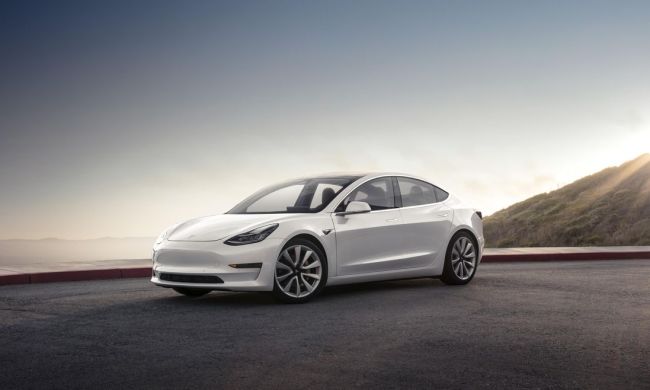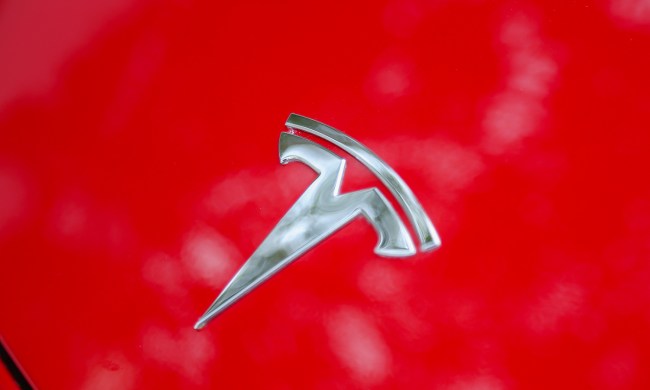Beginning in October 2014, Tesla began equipping Model S sedans with hardware to prepare for the introduction of its self-driving system. The Autopilot relies on a forward radar, a forward-facing camera, 12 long-range ultrasonic sensors, and a digitally controlled electronic assist braking system. All together, sensors can detect obstacles in a 16-foot radius around the car, allowing the braking system to act accordingly.
Tesla’s Autopilot was released with its Version 7.0 software two weeks ago. The motors, brakes, and steering now work together to avoid collisions from the front and sides and keep the car on the road.

For a price, you can download other autonomous goodies, For those who didn’t pay attention in driver’s ed, your Tesla can now parallel park on its own, in addition to alerting you of open parking spots. The car can also work to stay within its own lane and even change lanes at the tap of a turn signal. Adaptive cruise control adjusts to traffic, and headlights can automatically switch between high and low beams.
“Tesla Autopilot relieves drivers of the most tedious and potentially dangerous aspects of road travel,” the automaker wrote in its blog. It likens the system to those used in airliners. The driver must remain alert, and can access the car’s processes through the instrument panel at any time.
Recently ordered Model S sedans come equipped with the Autopilot software update, which includes automatic emergency braking and front and side collision avoidance. For $2,500, buyers can add convenience features, which includes the self-parking and other autonomous goodies. The system will also be featured in the new Model X crossover.


